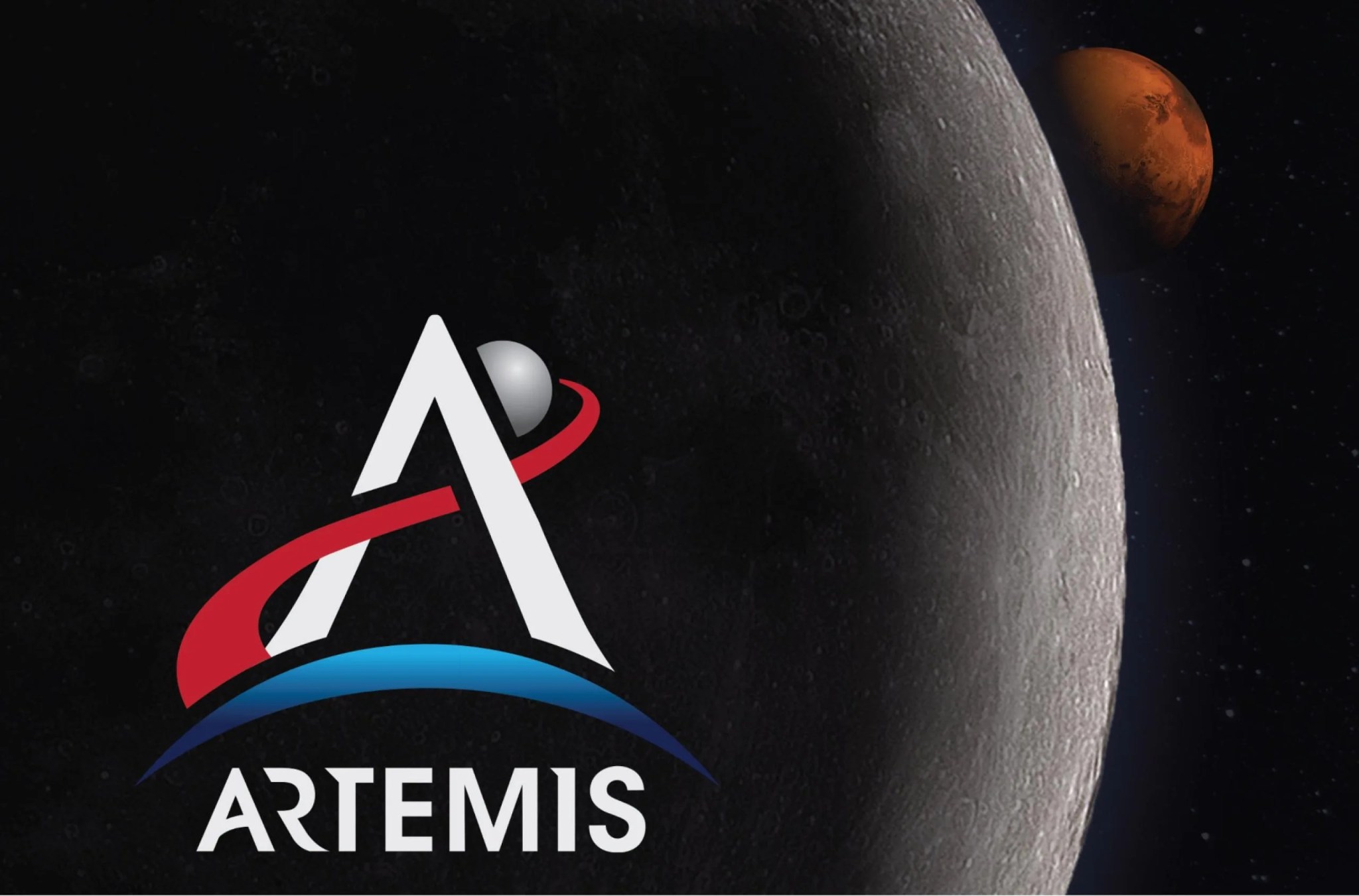What are the Van Allen Belts and why do they matter?
Preparing for future missions to the Moon and Mars
“Exploration gives us the sense that anything is possible. Exploration leads to knowledge and understanding and means that you make the world a better place as you explore. People have always tried to leave the world a better place for future generations.” - unknown
Exploring beyond the Van Allen Belts
One of the largest hazards for astronauts traveling to Mars will be overcoming exposure to high energy radiation from the solar wind, solar storms, and galactic cosmic rays that originate outside of our solar system. This radiation is more damaging to humans than medical X-rays used to see broken bones or treat cancer.
The Earth’s magnetosphere traps the high energy radiation particles and shields the Earth from the solar storms and the constantly streaming solar wind that can damage technology as well as people living on Earth.
These trapped particles form two belts of radiation, known as the Van Allen Belts, that surround the Earth like enormous donuts1. The outer belt is made up of billions of high-energy particles that originate from the Sun and the inner belt results from interactions of cosmic rays with Earth’s atmosphere.
Astronauts must fly though the Van Allen Belts to reach outer space, so it is important to fly through this region quickly to limit their exposure to radiation. Sensitive electronics on satellites and space craft traveling through the Van Allen Belts also need to be protected from the radiation.
Discovered in the 1950s
Located beyond low-Earth orbit, these radiation belts were discovered in 1958 by astrophysicist James Van Allen who helped uncover the key to enabling exploration of the outer solar system. Van Allen calculated that it was possible to fly through the weaker regions of radiation to reach outer space.
In 1968, NASA’s Apollo Mission 8 was the first crewed spaceship to fly beyond the Van Allen belts to orbit the Moon and then return to Earth. The most recent time humans have set foot on the Moon or traveled beyond low-Earth orbit was in 1972, during the final mission of the Apollo program, Apollo 17.
When the International Space Station was completed in 2011, its low-Earth orbit made it safer for astronauts to travel to and from the station as it is a shorter distance from Earth, approximately 250 miles— roughly the distance between Washington, DC, and New York City.
Going farther with Artemis
NASA plans to use its upcoming Artemis missions to send astronauts beyond the Van Allen Belts to land on the south pole of the Moon by the end of 2025, and eventually on to Mars.
Since a one-way trip to Mars could take six to nine months, it is important to first develop technologies and conduct research on the Moon to better understand what is needed to thrive in deep space.
Since the Moon is more accessible to us than Mars, scientists can use it to gain important scientific knowledge about the effects of the harsh conditions of deep space on living systems. Altered gravity, high energy radiation exposure, and different atmospheric composition are just a few of the unique stressors that can affect our ability to sustain life off-Earth.
The Artemis I mission was an important step towards understanding the impacts to life beyond the Van Allen Belts by flying model organisms around the Moon and back. This research could help identify which crops to grow on the Moon, alternative sources of fuel, and how to ensure crew health during long periods of exposure to the harsh conditions of space beyond the protective layers of the Van Allen Belts.
Related information
Around the Moon and Back: A Test Drive for Science
Studying the Van Allen Belts 60 Years After America’s First Spacecraft
Radiation Belts – Fun Facts
Citations
1 https://www.nasa.gov/mission_pages/rbsp/mission/fun-facts.html
































